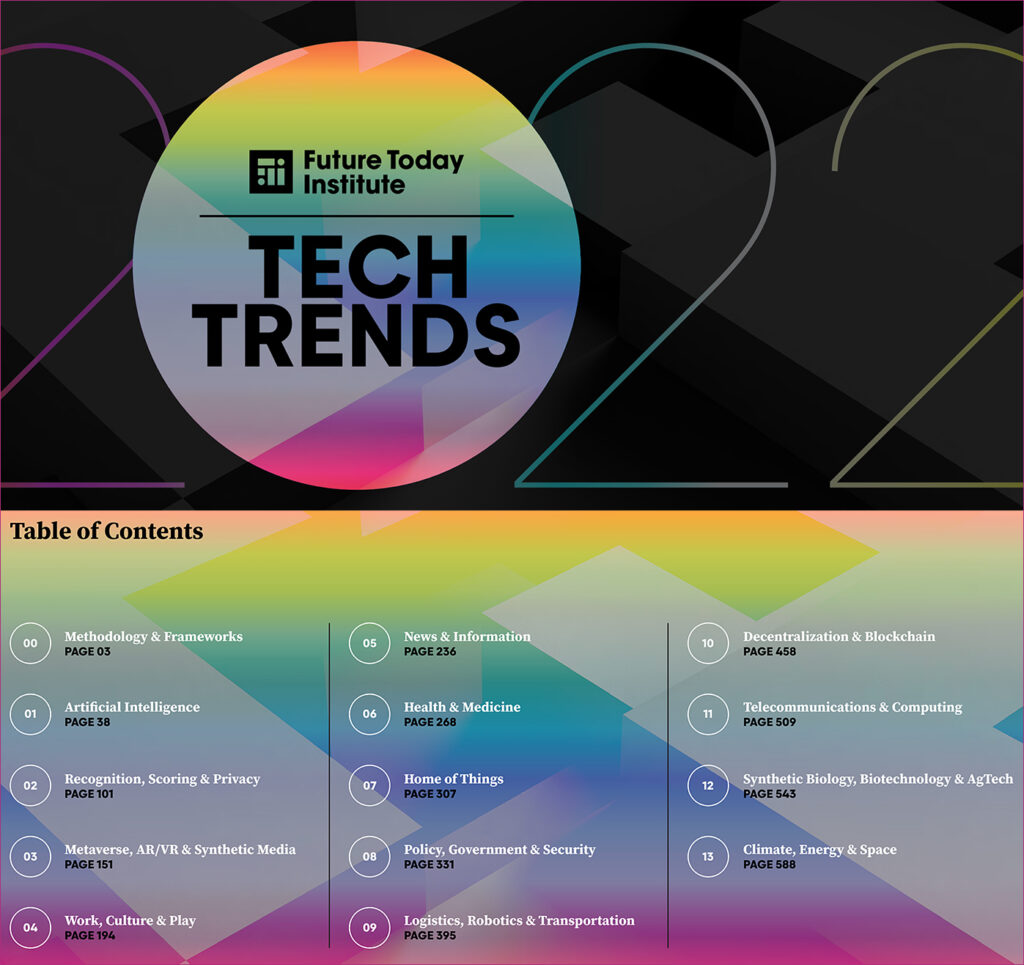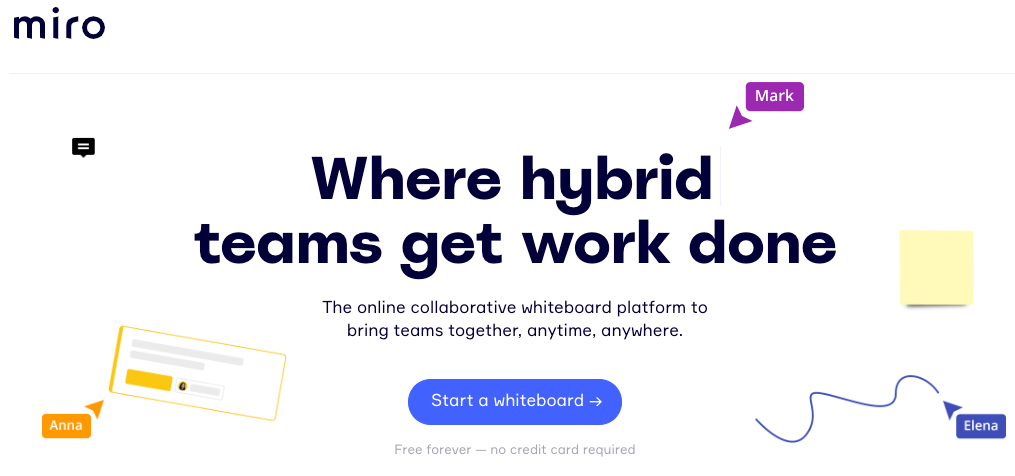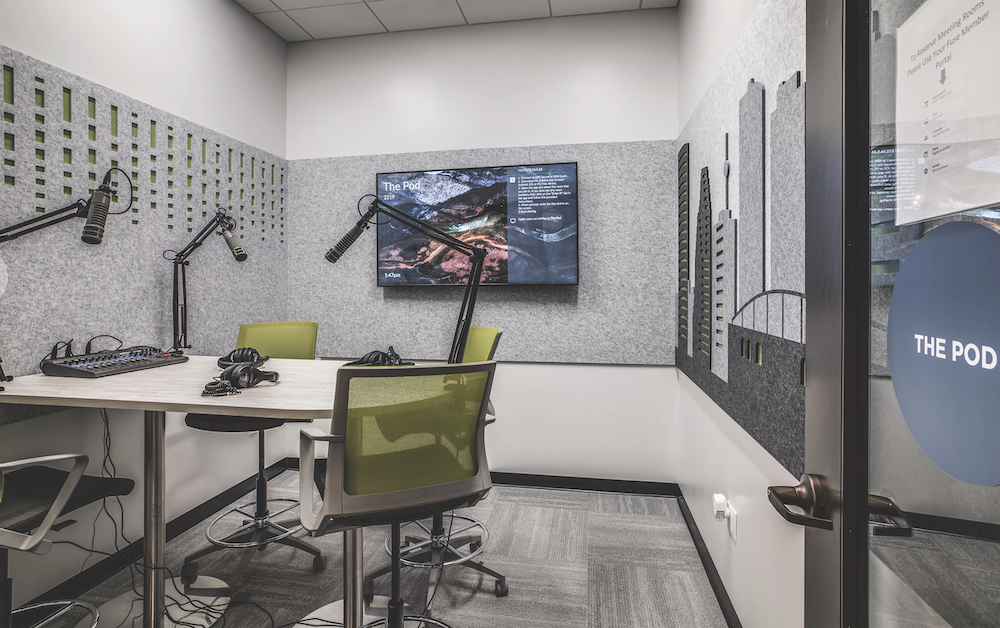After an AI bot wrote a scientific paper on itself, the researcher behind the experiment says she hopes she didn’t open a ‘Pandora’s box’ — from insider.com by Hannah Getahun
Excerpt:
- An artificial-intelligence algorithm called GPT-3 wrote an academic thesis on itself in two hours.
- The researcher who directed the AI to write the paper submitted it to a journal with the bot’s consent.
- “We just hope we didn’t open a Pandora’s box,” the researcher wrote in Scientific American.
AI Empowers Scalable Personalized Learning and Knowledge Sharing — from learningsolutionsmag.com by Markus Bernhardt
Excerpt:
AI aids in providing true personalization
Automation through AI is providing us with the tools necessary to deploy fully personalized digital learning, extremely fast and at scale. With the advent of this technology, we will see a revolution in digital training; in addition, I predict that the impact the digital piece will have on human-led efforts will lead to a further revolution of education, training, workshops, mentoring, and coaching.
How A.I. Could Help You Design Your Perfect Office (or Store) — from inc.com by Ben Sherry
Artificial intelligence may soon help fill the gap between your interior design skills and your imagination.
Excerpt:
Boom Interactive is one of several companies attempting to streamline the interior design process using automation. The Salt Lake City-based startup’s free app, Bubbles, which is scheduled to soft launch in the third quarter of 2022, uses artificial intelligence to read floor plans and create a “digital twin” of your real-life space, according to CEO and founder Timber Barker. Once a “twin” has been created, users have full freedom to customize the space by adding doors, erasing walls, and placing furniture.
The Increasing Role of Artificial Intelligence in Our Lives — from rdene915.com by Rachelle Dene Poth
Excerpt:
All of this recent information has made me even more curious about the role artificial intelligence will play over the next few months as we hopefully get back to more of a normal life experience and can engage in work and learning but also in leisure activities. What can we learn from the recent uptick in AI information and how can it help us in the future?
Optical illusions could help us build the next generation of AI — from digitaltrends.com by Luke Dormehl














 Podcasting studio at FUSE Workspace in Houston, TX.
Podcasting studio at FUSE Workspace in Houston, TX.